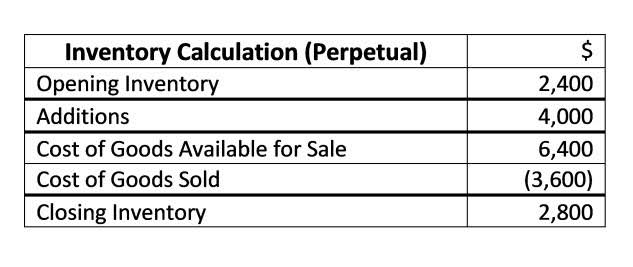
Following these steps, businesses can set up and maintain an efficient petty cash system. Petty cash is a small amount of cash kept on hand to pay for incidental expenses such as cab fare or postage, where it is not convenient to use a check or credit card. Petty cash is a small amount of money a company keeps for small, incidental expenses. These minor payments include office supplies, stationery, meals, client lunch, stamps, etc. The number of petty cash funds could change depending on the organization’s size.
Examples of Petty Cash Payments

The petty cashier will be responsible for the petty cash drawer and making the right accounting entries. Additionally, the petty cash custodian is also responsible for distributing the cash and collecting bills and receipts for all expenses caused by the petty cash. Before you fund a petty cash account, you need to appoint a petty cash custodian. The petty cash custodian is in charge of cashing the check you use to fund the account and maintaining the amount of cash in the cash box. This person is also responsible for determining your petty cash policy, and they’re in charge of collecting receipts and verifying the cash log is up to date as well. To handle petty cash reconciliation, regularly compare the petty cash balance with the receipts and expenses recorded.
- While the actual funding should be recorded, the individual purchases do not need to be officially recorded.
- This figure should be the same as the withdrawn sum you calculated from the account starting and ending balances.
- Take your business to the next level with seamless global payments, local IBAN accounts, FX services, and more.
- – Reduced paperwork – With petty cash, you can avoid the hassle of writing checks or using credit cards for small purchases.
- Periodically, businesses should check the petty cash fund to make sure the cash on hand matches the records.
We and our partners process data to provide:
- Keeping track of these petty cash expenses helps you to capture all your tax-deductible expenses.
- The petty cash fund custodian will reimburse the employee for the amount spent.
- Once the check is cashed, this amount will be added to the petty cash fund to restore the funds to its original level.
- Many companies employ strict internal controls to manage the fund.
- These procedures will allow you to keep your funds safe and to keep track of your funds.
- Traditionally in most companies, the petty cash is stored in a cash box or drawer under the custody of the petty cashier.
These transactions should be present on your financial statements and recorded in a manner that oversees the replenishment of your funds. While the actual funding should be recorded, the individual purchases do not need to be officially recorded. Cash on what is the usual amount of money kept in a petty cash account? hand is any accessible cash the business or liquid funds have. This can be done by setting up a separate bank account for your business or by keeping the cash in a safe place in your office. Once you have established the fund, you should always have the same amount of cash on hand. This means that when you make a purchase with petty cash, you will need to replace the money that you spent.

Establishing the Fund
This means keeping a close eye on how much money is left in the fund and ensuring that all expenses are accounted for. Regular updates to financial records help avoid confusion and make sure the petty cash fund stays in check. Though not literally cash, it’s money that can be easily and quickly accessed, which is why it’s “on hand.” A petty cashier might be assigned to issue the check to fund the petty cash drawer and make the appropriate accounting Bookkeeping for Painters entries.
- OneMoneyWay is your passport to seamless global payments, secure transfers, and limitless opportunities for your businesses success.
- The meaning of petty cash is an amount of cash kept on hand and used for making small payments.
- The journal entry for giving the custodian more cash is a debit to the petty cash fund and a credit to cash.
- Just like any other transaction, petty cash transactions need to be monitored and recorded.
- For starters, you don’t want to withdraw money from your account, as that would lock in any losses and possibly subject you to taxes.
- Do you have a method to disburse and efficiently track petty cash expenses in your organization?
For example, if you have $100 in petty adjusting entries cash, you may want to have $20 bills, $10 bills, $5 bills, and $1 coins. The main purpose of petty cash is to cover small, everyday expenses that don’t require formal payment methods. It’s used for things like office supplies, minor repairs, or quick reimbursements. Once the funds are allocated, the next step is choosing a petty cash custodian. This person will be responsible for managing the fund, keeping track of all expenses, and making sure the fund is replenished when it runs low. Ensure all petty cash expenses are meticulously accounted for, as even small expenses can significantly affect your accounting.
